Deciphering the three dimensional structure of DNA
Deciphering the three dimensional structure of DNA:
A brief history
Let us start in 1856:
Gregor Mendel was an Austrian monk. He worked in the small monastery garden with pea plants and did a series of experiments hybridizing pea plants. The results of Mendel’s crosses allowed him to conclude from the consistent ratios he obtained that plants transmitted ‘elementen’ or discrete units. Mendel did not know that his ‘elementen’ were found on chromosomes and were in fact renamed genes in 1909.
1930’s – 1940’s:
It was found by various researchers between these years that DNA, a nucleic acid, is the biochemical responsible for transmitting traits. In 1928 Frederick Griffith contributed to the initial understanding that DNA was the genetic material. He found that genetic information can be transferred from heat-killed bacteria to live bacteria. This process, known as transformation, was the first clue that genetic information is a heat-stable compound. Then in 1944 the Avery and Hershey-Chase Experiments clearly showed that the active principle for transforming a bacterium called Streptococcus is DNA. Their evidence confirmed that DNA is the hereditary material. This led to questions regarding the molecular nature of DNA.
Then in 1949 and early 1950’s:
Erwin Chargaff, a biochemist, showed that DNA contains equal amounts of the bases adenine (A) and thymine (T) and equal amounts of the bases cytosine (C) and guanine (G). He also showed that the DNA composition varies from one species to another, that is, it is species specific. Morris Wilkins and Rosalind Franklin, a physicist and chemist respectively, showed by using X-ray diffraction a pattern of regularly repeating nucleotides. This was the first clue to the three-dimensional structure of DNA.
Finally in 1953:
James Watson, an American biochemist and Francis Crick an English physicist began their collaborative work to try to solve the puzzle of the molecular structure of DNA. Using data provided by Maurice Wilkins and Rosalind Franklin, they made an accurate model of the molecular structure of DNA. This discovery they called ‘the secret of life’. In 1962 Crick, Watson and Wilkins received the Nobel Prize for determining the molecular structure of DNA – a double-stranded, helical, complementary, anti-parallel model for deoxyribonucleic acid.
Concepts and statistics:
- The human genome is all the DNA in an organism including its genes
- The human genome is made up of just over 3 billion pairs of base
- Each chromosome has 50 million – 250 million base pair
- Each gene is a section of DNA with a specific sequence of bases that acts as the 'instructions' or code for the production of a specific protein
- The human genome has 20 000-25 000 genes
- The average gene has about 3000 bases
- The genes make up only 2%* of the human genome; the rest of the DNA is made up of non-coding regions, some of which regulate chromosomal structure and where, when and in what quantity proteins are made. The function of 50% of the DNA, made up of repeated sequences and known as 'junk DNA', is not known.
- Chromosome 1 has the most genes i.e. 2968, whilst the Y chromosomes has the fewest i.e. 231
DNA replication:
When a cell is ready to divide, each DNA molecule duplicates or replicates itself, in a process we call DNA replication. In this way each new cell or daughter cell receives an identical DNA copy.
Both strands of DNA in the parent cell acts as a template for the formation of two new complementary strands.
Thus the daughter cell receives a DNA double helix, where one strand is from the original DNA and the other strand is newly formed. We term this way of replicating DNA as semi-conservative.
Replication requires:
- Parental double-stranded DNA known as the template
- Complex enzymes and proteins to open up the helix
- An enzyme known as DNA polymerase
- Free nucleotides with adenine, thymine, cytosine or guanine bases
The Replication process:
- An enzyme or protein complex opens up the two DNA strands, that is, the DNA helix unwinds.
- Weak hydrogen bonds between Adenine and Thymine and Cytosine and Guanine break, allowing the two strands to part or unzip.
- This exposes the bases on the template strands.
- As a result, free nucleotides can be brought in to pair in a complementary way with the template strands
- Adenine will pair with thymine by the formation of (two) hydrogen bonds.
- Guanine will pair with cytosine by the formation of (three) hydrogen bonds.
- The two molecules twist to form a DNA double helix.
- The resulting two molecules of DNA will contain the same sequence of bases as the parental DNA.
- Each new double helix forms winds around groups of histones forming a chromatid. The chromatids are held together by special DNA called the centromere. The entire structure is called the chromosome
DNA and Protein synthesis:
The central dogma of cell biology is that:
- DNA makes RNA makes PROTEIN
- DNA makes RNA by the process of TRANSCRIPTION
- RNA makes PROTEINS in the process of TRANSLATION
- DNA stores the genetic information.
The DNA double helix unwinds and one strand is used to make one of the three types of RNA necessary for protein synthesis:
- rRNA – ribosomal RNA (made on DNA in the nucleolus)
- mRNA – messenger RNA (made on a section of DNA in the chromosome i.e. a gene)
- tRNA – transfer RNA.
In transcription, the DNA only partly unwinds, separating along the length of DNA representing the gene. mRNA forms in this region, and then leaves and the DNA strands come together and wind up into a double helix again.
The DNA can never leave the nucleus. It thus requires a messenger to take the message out to the cytoplasm where the mRNA will be read using the ribosomes, both large and small. The message contained in the triplet codons of the mRNA specifies a particular amino acid that is available in the cytoplasm. The transfer RNA brings the amino acid to the ribosome. Here amino acids are linked by peptide bonds and gradually a protein is constructed.
The End
References:
https://en.wikipedia.org/wiki/Gregor_Mendel
https://en.wikipedia.org/wiki/Austria
https://en.wikipedia.org/wiki/Nucleic_acid_hybridization
https://en.wikipedia.org/wiki/Chromosome
https://en.wikipedia.org/wiki/DNA
https://en.wikipedia.org/wiki/Biochemistry
https://en.wikipedia.org/wiki/Frederick_Griffith
https://en.wikipedia.org/wiki/Genetics
https://en.wikipedia.org/wiki/Bacteria
https://en.wikipedia.org/wiki/Hershey%E2%80%93Chase_experiment
https://en.wikipedia.org/wiki/Hereditary_(film)
https://en.wikipedia.org/wiki/Molecule
https://en.wikipedia.org/wiki/Erwin_Chargaff
https://en.wikipedia.org/wiki/Biochemist
https://en.wikipedia.org/wiki/Adenine
https://en.wikipedia.org/wiki/Thymine
https://en.wikipedia.org/wiki/Cytosine
https://en.wikipedia.org/wiki/Guanine
https://www.thefreedictionary.com/species-specific
Images are linked to their sources in their description

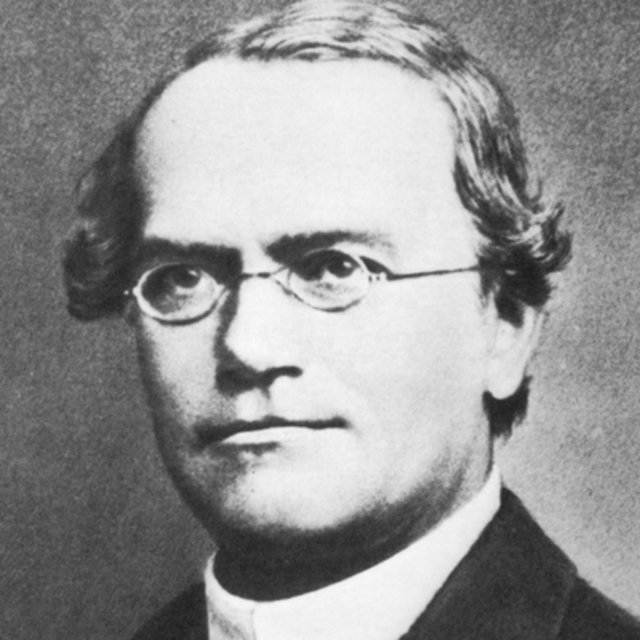
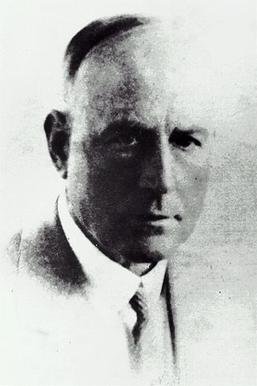
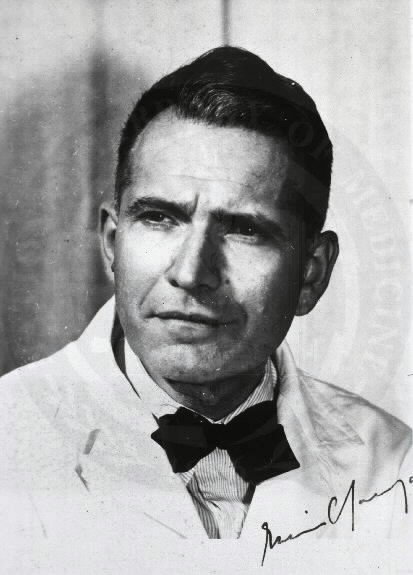
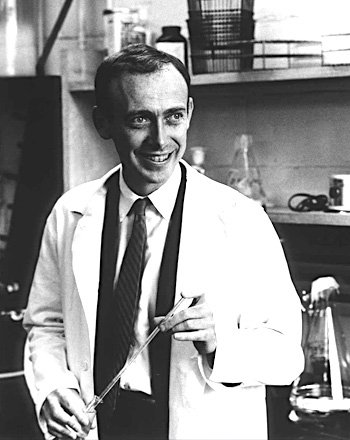
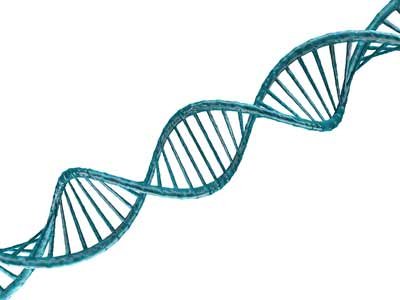
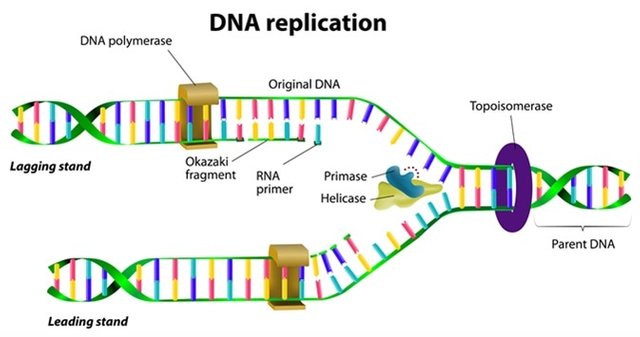


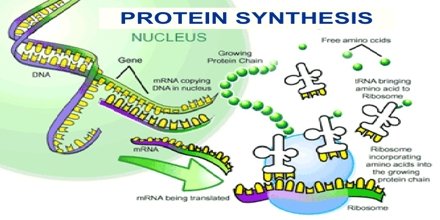
Being A SteemStem Member
Thanks Steemit-Bot